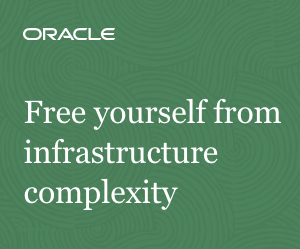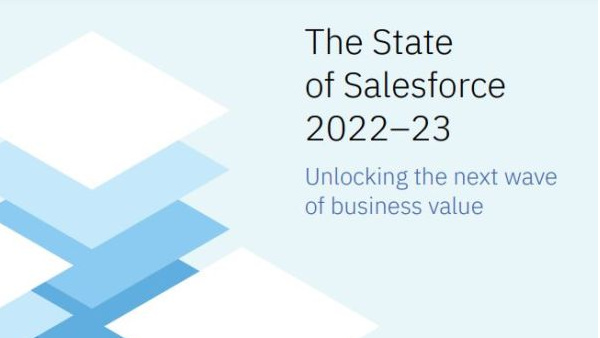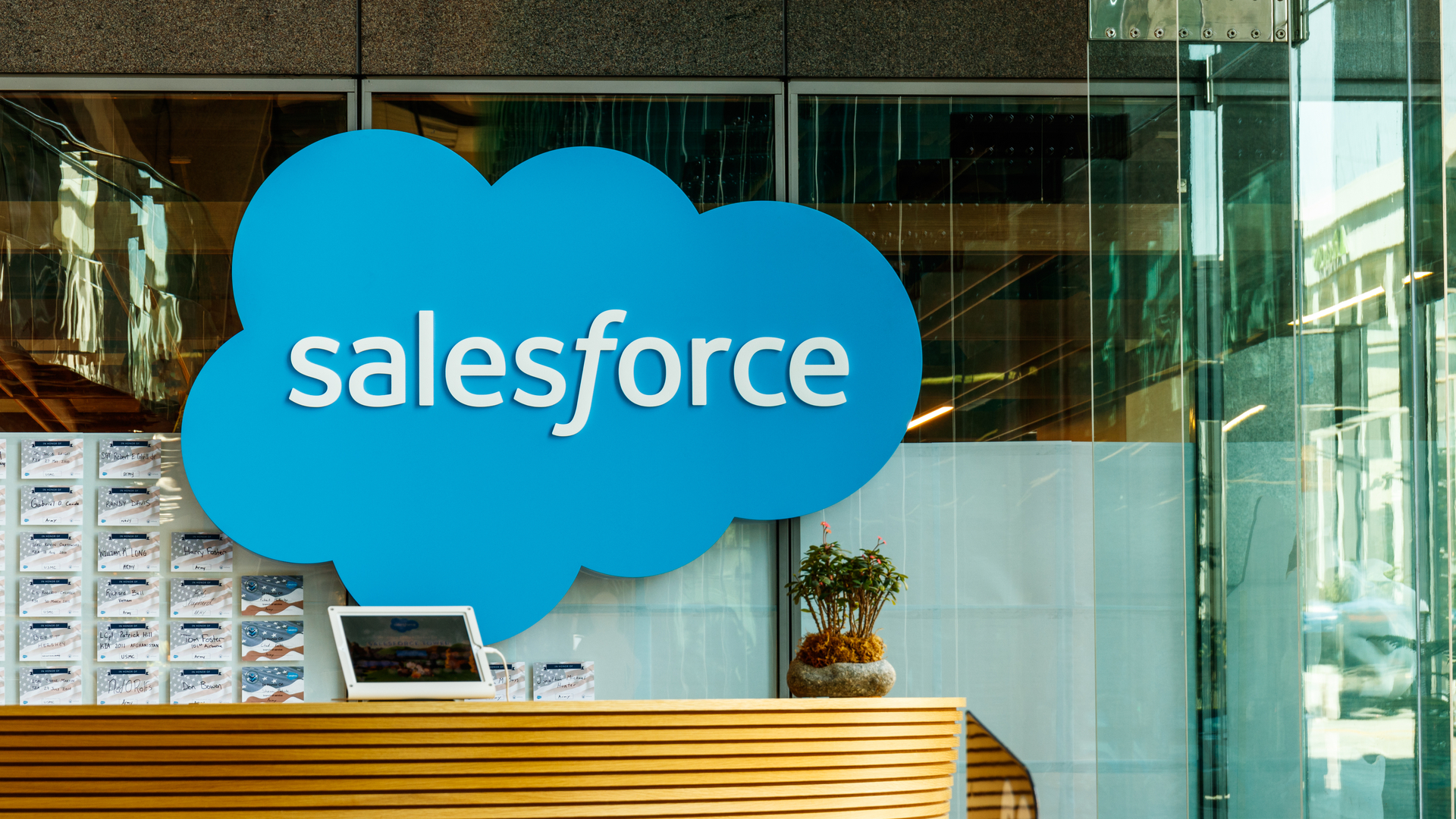What is a GTM strategy?
We explain what a go to market strategy is and why it's a business imperative


Once you’ve invented something, come up with a new service, or built a product, your next task is selling it. One of the best ways to do this is through a GTM strategy.
A GTM, or “go-to-market” strategy, is a specific type of marketing that aims to raise awareness and create interest in your service or product. Firstly, it identifies your intended target - the demographic you are looking to appeal and sell to - and it then outlines the best method to do this. The strategy will be a uniformed operation where each member of your business knows what they’re doing so everyone is working towards the same goal.
Bigger organisations could have a standardised GTM that’s put in place for all product launches, as it may be a successful formula that works and has delivered results in the past, after undergoing testing. On the other hand, if it is a company with interests in various markets, it may have a number of setups, or whole new strategies put together for innovative and new products.
Despite this, most GTMs need a degree of flexibility as market conditions are prone to changing and can at times be unpredictable. A high degree of foresight is required to be able to transform the GTM for the relevant market.
Large organisations also implement GTMs to acquire other businesses or change their brand’s focus, not only using them for new launches. This could be part of a broader strategy on how a company manages its operations to deliver existing services or products. Different GTM strategies could be put together to complement a wider approach for new services, products, or geographic expansion. Existing GTM strategies may need to be combined, or a completely new one put together, in specific circumstances, like if a company acquires another or if there is some kind of merger.
Many companies struggle to take a step back from day-to-day operations to identify problems in their existing GTM strategy or to create one from scratch. As such, some often look to their party organisations for support.
RELATED RESOURCE

How to maximise the value of your data and apps with IaaS
Free yourself from infrastructure complexity
Global management consulting firm L.E.K Consulting is just one such example of that third-party assistant. "Businesses need to adjust or diversify their go-to-market strategy to protect their economics and ensure sustainable distribution in the future. New digital and logistic capabilities allow businesses to directly serve end customers (consumers or businesses), reducing or eliminating the need for intermediaries, thereby both improving the service they provide to their customers and improving their margin economics," it states on its website.
Get the ITPro daily newsletter
Sign up today and you will receive a free copy of our Future Focus 2025 report - the leading guidance on AI, cybersecurity and other IT challenges as per 700+ senior executives
The firm continues: "In addition, customer expectations for both product and service quality are increasing, putting more pressure on sales teams and supporting functions. Meeting (or exceeding) end-customer service requirements can be a means for a business to differentiate its position and ensure its long-term success. This may require increased investment in new capabilities to either serve end customers directly or complement or support the channels in doing so."
What are the key components of a GTM strategy?
At the heart of a GTM strategy is value. Providing value to the customers through relevant products and services, making money from those products and services and ensuring the business gets value back. This value could be monetary, it could offer other value, but it's important there is some measurable impact.
Another major part of a GTM strategy is ensuring the products and services that you're releasing form part of your business's vision and contribute to your company's overall end goal. It should reflect what you perceive success to be and fit in with your wider business objectives.
You should also make sure any strategy reflects your USP and sets you apart from your competitors. There's no point just releasing something that every other company has done. Make sure you highlight why your company, product or service is different, what benefits it will bring to the end user, how you solve a problem your rivals don't.
Once you've reeled your customers or clients in, it's vital you continue to nurture them and build their loyalty, upselling and cross-selling while also providing the highest levels of satisfaction.
Getting recommendations and referrals should also form part of your GTM strategy. After all, the majority of customers make purchasing decisions based upon colleague and friend recommendations. This builds trust.
Communication is key at all levels. How will you connect key stakeholders involved in your GTM and, as importantly, how will you reach out to customers and listen as well as talk to them?
Fundamentally, it's about delivering. Delivering on all of the above but, essentially, delivering on customers' expectations and ensuring that any claims or assurances around quality have been fully met?
Ultimately, it's all about the customer. You can have the best products and services on the planet, but if no-one is using them, what's the point?
Experts concur on this point, with McKinsey framing it customer success'. Morphing from a world where customer success was all about reducing churn, the consultancy firm, suggests that customer success 2.0' is, instead, about changing lifecycle management and using client satisfaction as a growth engine.
"Many vendors still fail to consider how early decisions about product management, marketing, sales, and services delivery can have lasting implications on the customer experience," it said in its research paper Introducing customer success 2.0: The new growth engine.
"To combat this mindset, companies need to take a different view of customer success one in which it is viewed as a shared philosophy for which every function is responsible. Although this may sound easy, it represents a major cultural shift. In addition to creating clear accountability and customer-success metrics for teams at each stage of the journey, companies must define the desired outcomes, implement processes to support cross-functional collaboration, and empower leaders to oversee end-to-end customer-success efforts."
What are the technology considerations of a GTM strategy?
There are many tools and technologies that can help shape your GTM strategy, particularly those focused on planning, management, delivery, execution and bridging traditional barriers to collaboration. CRM and ERP systems will act as the heartbeat as well as connecting with internal processes to ensure end-to-end efficiency and success of your GTM strategy.
Access and security also need to be front of mind to ensure your valuable trade plans don't fall into the wrong hands.
Data and insight must be foundational you need to know what your customers want and need now in the future and any gaps that need to be filled in your current proposition. Importantly, this cannot be a one-off endeavour you need to continuously benchmark what you're doing against changing industry trends and demand and, critically, be open and responsiveness to customer feedback.
Bobby Hellard is ITPro's Reviews Editor and has worked on CloudPro and ChannelPro since 2018. In his time at ITPro, Bobby has covered stories for all the major technology companies, such as Apple, Microsoft, Amazon and Facebook, and regularly attends industry-leading events such as AWS Re:Invent and Google Cloud Next.
Bobby mainly covers hardware reviews, but you will also recognize him as the face of many of our video reviews of laptops and smartphones.
-
 Should AI PCs be part of your next hardware refresh?
Should AI PCs be part of your next hardware refresh?AI PCs are fast becoming a business staple and a surefire way to future-proof your business
By Bobby Hellard Published
-
 Westcon-Comstor and Vectra AI launch brace of new channel initiatives
Westcon-Comstor and Vectra AI launch brace of new channel initiativesNews Westcon-Comstor and Vectra AI have announced the launch of two new channel growth initiatives focused on the managed security service provider (MSSP) space and AWS Marketplace.
By Daniel Todd Published
-
 The state of Salesforce 2023-24
The state of Salesforce 2023-24whitepaper Who is creating more value from the Salesforce platform - and how?
By ITPro Last updated
-
 The state of Salesforce 2022-2023
The state of Salesforce 2022-2023Whitepaper Unlocking the next wave of business value
By ITPro Published
-
 What is sales enablement software?
What is sales enablement software?In-depth Sales enablement software brings data intelligence and productivity tools to the art of selling, helping you win more deals
By Ioana Andrei Published
-
 Best sales enablement software
Best sales enablement softwareBest Integrate sales and marketing to increase sales of products and services in the most efficient way, here are our picks for the best sales enablement software
By Brian Turner Published
-
 Salesforce partners with WhatsApp for personalised business messaging
Salesforce partners with WhatsApp for personalised business messagingNews New integration aims to help companies build Salesforce-controlled chat experiences on the messaging platform
By Daniel Todd Published
-
 Mastering retention
Mastering retentionWhitepaper Turning user behaviour insights into retention strategies
By ITPro Published
-
 How customer relationship management (CRM) can help your business
How customer relationship management (CRM) can help your businessIn-depth Are you still keeping customer details in a simple database or spreadsheet? There are several benefits of adopting an integrated CRM system
By Nik Rawlinson Published
-
 1.2m businesses now eligible for UK gov's software discounts
1.2m businesses now eligible for UK gov's software discountsNews Help to Grow: Digital scheme offers up to £5,000 off selected CRM and e-commerce software
By Bobby Hellard Published